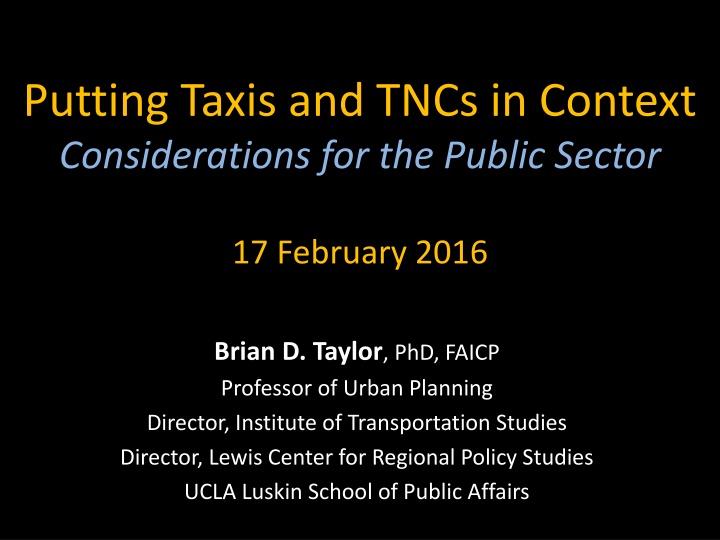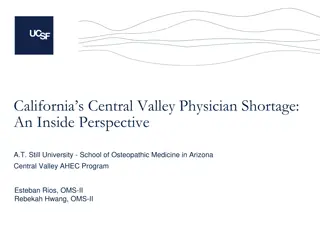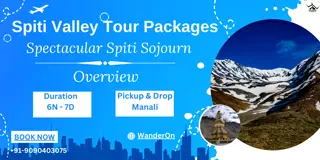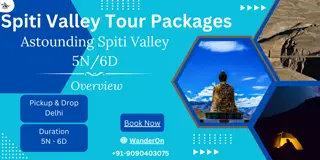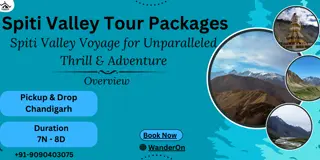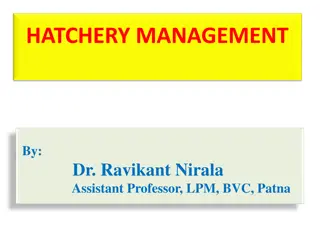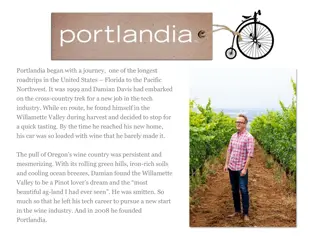Magic Valley Steelhed Hatchery Rebuild - History, Issues, Solutions
The Magic Valley Steelhed Hatchery, built in 1985, faced challenges with deteriorating walls and expansion joints. To address spalling and ensure operational efficiency, repairs were made over the years. Big considerations for the rebuild include waste load allocations, disease management, manpower, and rearing container types. Explore the history, current issues, and proposed solutions for this essential hatchery facility.
Uploaded on Feb 25, 2025 | 2 Views
Download Presentation

Please find below an Image/Link to download the presentation.
The content on the website is provided AS IS for your information and personal use only. It may not be sold, licensed, or shared on other websites without obtaining consent from the author.If you encounter any issues during the download, it is possible that the publisher has removed the file from their server.
You are allowed to download the files provided on this website for personal or commercial use, subject to the condition that they are used lawfully. All files are the property of their respective owners.
The content on the website is provided AS IS for your information and personal use only. It may not be sold, licensed, or shared on other websites without obtaining consent from the author.
E N D
Presentation Transcript
Putting Taxis and TNCs in Context Considerations for the Public Sector 17 February 2016 Brian D. Taylor, PhD, FAICP Professor of Urban Planning Director, Institute of Transportation Studies Director, Lewis Center for Regional Policy Studies UCLA Luskin School of Public Affairs
Transportation Research Board of the National Academies of Science, Engineering, and Medicine Convened committee of experts to examine the rise of smartphone-based mobility services Committee formed, vetted, and began work in June 2014
Committee Members Brian Taylor, UCLA (chair) Ryan Chin, MIT Melanie Crotty, San Francisco Bay Area MTC Jennifer Dill, Portland State University Lester Hoel, University of Virginia Michael Manville, Cornell University Steve Polzin, University of South Florida Bruce Schaller, Consultant Susan Shaheen, UC Berkeley Daniel Sperling, UC Davis Marzia Zafar, California Public Utilities Commission Susan Zelinski, University of Michigan
Committee Members Brian Taylor, UCLA (chair) Ryan Chin, MIT Melanie Crotty, San Francisco Bay Area MTC Jennifer Dill, Portland State University Lester Hoel, University of Virginia Michael Manville, Cornell University Steve Polzin, University of South Florida Bruce Schaller, Consultant Susan Shaheen, UC Berkeley Daniel Sperling, UC Davis Marzia Zafar, California Public Utilities Commission Susan Zelinski, University of Michigan
Committee Overview Committee members had expertise in: Urban planning and transportation policy Transit and shared use services Regulatory and economic analysis Transportation operations and technologies Taxi operations and regulations Held 4 two-day meetings in 2014 and 2015 to gather information and draft the report
Information Gathering Committee staff reviewed journalistic and scholarly inquires Relatively little of the latter Committee heard from: Representatives of the taxi industry Firms and regulators Uber and Lyft Carsharing operators Insurance providers and regulators City council members Developers of other innovative services Public transit representatives
Presentations Roadmap Brian Taylor Overview of taxi and TNC economics Drawing on work by committee member Michael Manville Brief comments on several public policy issues examined in report Committee Recommendations (at the end) Susan Shaheen New mobility services: Implications for travel behavior Bruce Schaller The future of the taxi industry in a post-TNC world
Where is this all headed? 2 Views 1. This is the tip of the iceberg Real-time decision-making about trips, options, time provides quick, reliable, convenient ride service Fare reductions and shared rides will accelerate current growth The sky is the limit 2. Big changes, but for a niche market The changes are significant for a few people, but not widespread changes in travel
From ridesharing to for-hire transport, information is a big challenge Getting a ride from someone else requires lots of information Coordination When/where will the rider & driver meet up, where will they go? Negotiation Can the rider & driver agree on terms? Trust Will rider and driver be safe sharing a ride? Regulation has emerged over the years to address each of these information problems
Why TNCs Thrive Peer-to-Peer app reduces information costs and upfront entry costs Driver provides the vehicle in response to market demand App removes need for dispatch service Real time information for both driver and passenger Driver/vehicle picture and ratings Cashless transaction, digital footprints for trip Information gleaned from all app users goes into setting real-time prices that can minimize shortages
What Surge Pricing Does Price and supply vary with demand No price controls No quantity or location controls Flexible employment means large pool of potential drivers on reserve Rising prices both increases supply and moderates demand
Could TNCs Become Monopolists? Uber and Lyft have significant market power But it may be difficult for them to restrain competition Low entry barriers People can drive for multiple firms
Security and Public Safety New services provide more information for both passengers and drivers Closer to safety outcomes than vetting This can increase safety for both drivers and passengers The effectiveness of various approaches to driver vetting has been curiously understudied Determining the most cost-effective approaches to driver vetting requires more study Consistency across services is desirable
Labor Issues Number of drivers is growing rapidly Growth in part-time drivers in new services Income and benefits can vary greatly Limited employment security and benefits is common across the for-hire ride industries Independent contractors vs. employees These labor issues are economy-wide, transcending shared mobility services
Insurance issues Taxis typically have full-time commercial coverage TNC coverage generally varies by stage of the ride Insurance products available tend to lag the evolution of mobility services But are starting to catch up
Equity and Access Four Dimensions of Equity in Public Policy Debates over Technology-Enabled Mobility Services Equity Dimension Issues Raised Firms, markets, and competition Market dominance, unfair competition, regulatory capture Regulations, subsidies, and social services Regulatory consistency, public subsidy of winners and losers, social service transportation obligations Geographies and jurisdictions Service in high- versus low-demand areas; service in poor, minority neighborhoods Stakeholder groups People without smartphones, unbanked populations, workers, etc.
Committee Recommendations Reassessment of regulations for all for-hire vehicle services is likely needed market entry geographic coverage span of service
Committee Recommendations Public safety requirements should be consistent across each type of service (street hail/taxi stand, dispatch/app) and gauged to risks
Committee Recommendations Policy makers and regulators should consider whether TNC and taxi services may be better regulated at the state, regional, or local level, while ensuring consistency and effective enforcement
Committee Recommendations Systematic evaluations of safety requirements are needed
Committee Recommendations Accessibility of services to all travelers should be a priority
Committee Recommendations Basic service information for effective planning and regulation should be required of all mobility services
Committee Recommendations Employment classifications need to be carefully assessed
Committee Recommendations TNCs and other innovative services should be integrated with existing transportation systems and planning
For additional information Katherine Kortum Study Director kkortum@nas.edu 202-334-3123 Brian D. Taylor Committee Chair btaylor@g.ucla.edu Transportation Research Board 500 5th Street NW Washington, DC 20001 www.trb.org
